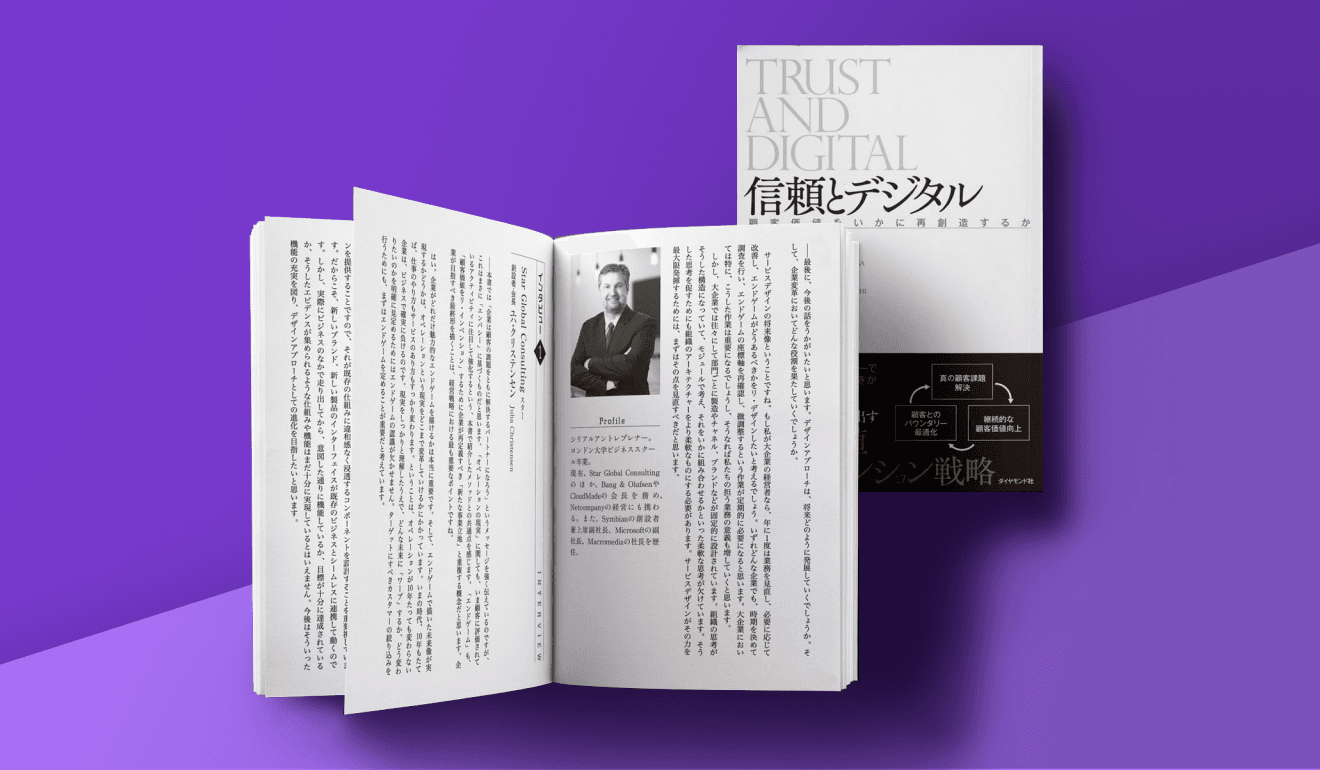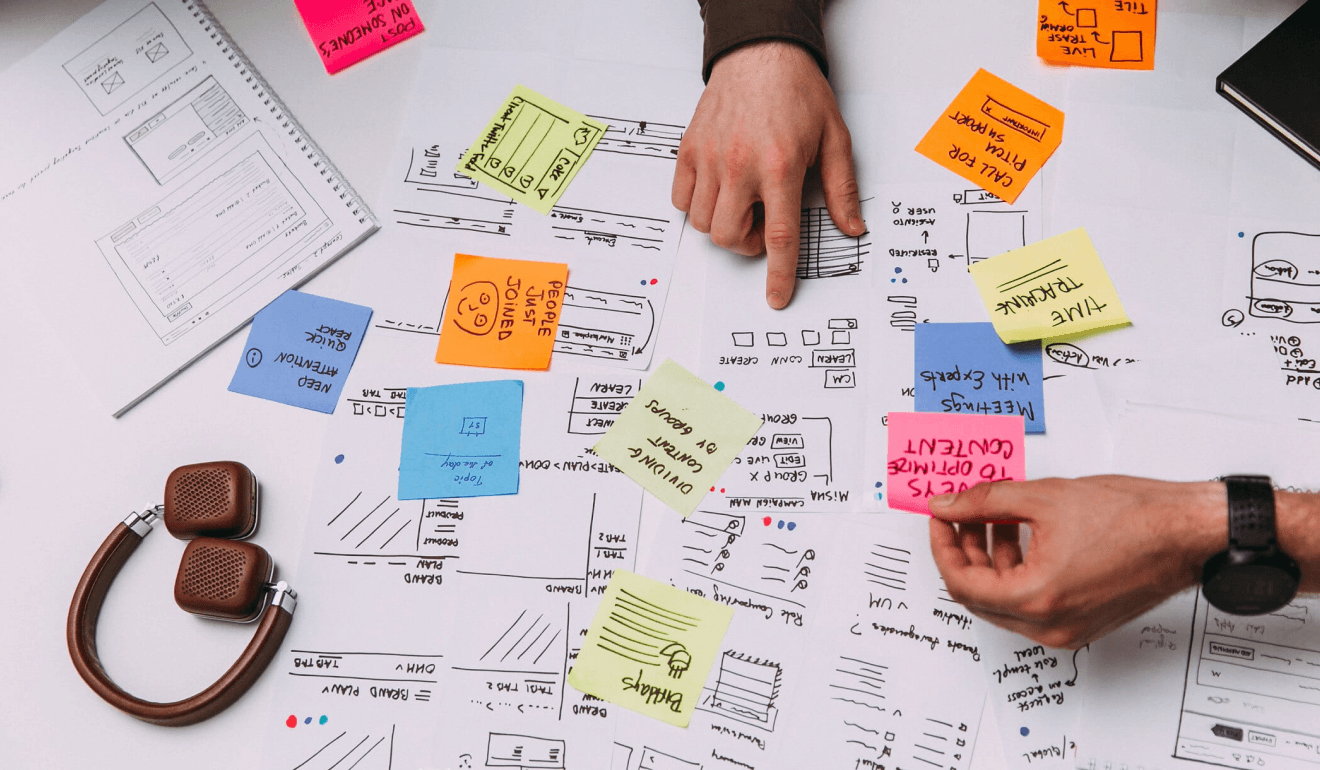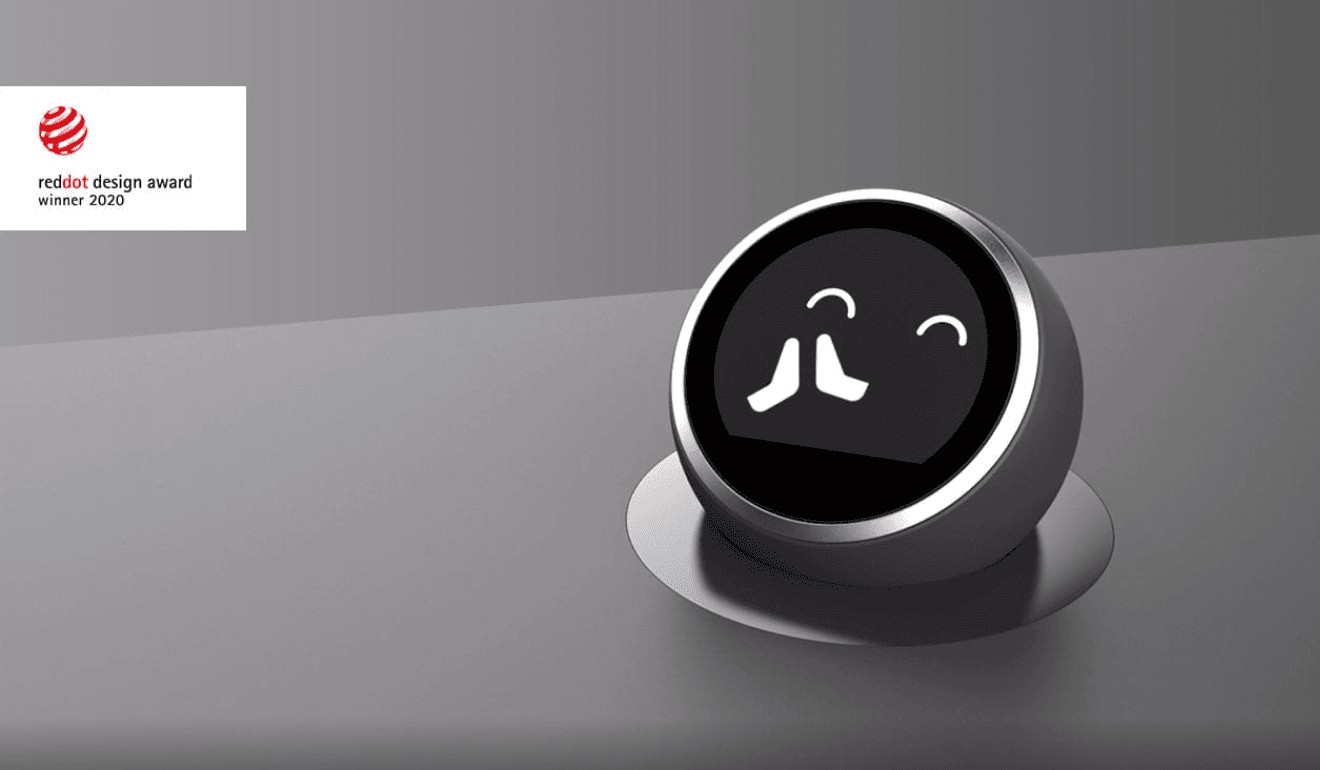Star Founder & Chairman, Juha Christensen recently contributed a chapter to the leading book on corporate transformation in Japan: Trust and Digital. How we can re-create the customer value by Kazuhiro Mishina and Shigeki Yamaguchi. In this article, Juha shares some of his insights and reflections on corporate process improvement.
One of the most important things to remember when working with process improvement is the importance of defining your company’s endgame. If you don’t, you run the risk of improving something your customers no longer want. The key to staying competitive is to improve your processes with your endgame in mind.

Focusing on the endgame
Your company’s endgame is a fixed point of success in the future based on your ambition, operational reality, market opportunity and consumer needs, which you determine and to which you anchor yourself on this journey of transformation. To identify your endgame, you need to consider, not just your company’s internal workings, but also the market at large, and your customers in particular. It involves walking a mile in your customers’ shoes, finding out how their lives, habits and needs are changing, and using those insights to define your company’s endgame. Then you work backwards, connecting the dots from that endgame to the present, so you can define the path that will get you there.

Endgame vs Kaizen
The idea of Kaizen, making small continuous improvements to a process, is an excellent one. However, if Kaizen is done in isolation, with a focus purely on your company’s internal workings, you run the risk of delivering an improvement that is out of touch with the market. While you were focusing on meeting end goal A, the market has actually moved in the direction of end goal B. So at the end, you find yourself with an improved process that is no longer relevant for your customers.
The Design approach creates new opportunities and even bigger results when harnessing a strategic management approach in parallel. Strategic management, design, engineering are all connected closely. If one of them falls apart, discrepancies will happen, and the business will suffer.
The role of data
Data is definitely there to help you develop stronger insights into how your customers behave. However, the challenge with data is that it is always historic. It only tells you about the past; it doesn’t help you determine the future. To stay competitive, you have to understand your customer’s current behavior, and you also need to find out how that behavior will evolve as their needs, the market and society change.
Empathy leads to a greater understanding
The most important quality in this regard is empathy. Empathy helps us understand our clients, their operational reality and their customers. It helps us to respect the fact that our clients have complex organizations with lots of moving parts, and to recognize that what we deliver has to fit into those existing frameworks and infrastructure in order for it to succeed and add value. Once we have that understanding, we can help them define their endgame.

An example of the importance of empathy can be seen in the work we did with NIO to create Nomi, the world’s first in-car AI. When we initially presented the idea of an in-car voice digital assistant to NIO’s customers, they found the concept confusing. They were used to digital voice assistants in the home, but they had trouble seeing their role in the car. So we developed the idea of giving the voice assistant a personality by embedding a dedicated physical touchpoint in the car’s dashboard so people could talk with and see Nomi. Suddenly, the car went from being an impersonal interface and appliance to being almost human. Now there was a device that customers could develop a relationship with. And the results speak for themselves. Not only has Nomi been a success, it recently won a prestigious reddot Design Award. By working with NIO to define their endgame, understand their customers and then apply those insights to our design, we were able to develop a product that redefined the in-car user experience.
Without empathy, trust cannot be created.
Getting the best of both worlds
When talking about change and improvement philosophies, people tend to get into a discussion of this approach vs that one. Thankfully, in the real world, it doesn’t have to be a question of “either-or”. The key is to combine endgame thinking, which entails setting an endgame and connecting the dots back to the present time, and Kaizen, making constant daily improvements. By doing this on an annual cycle, you can ensure continuous process improvement that moves in harmony with the market and your customers.


